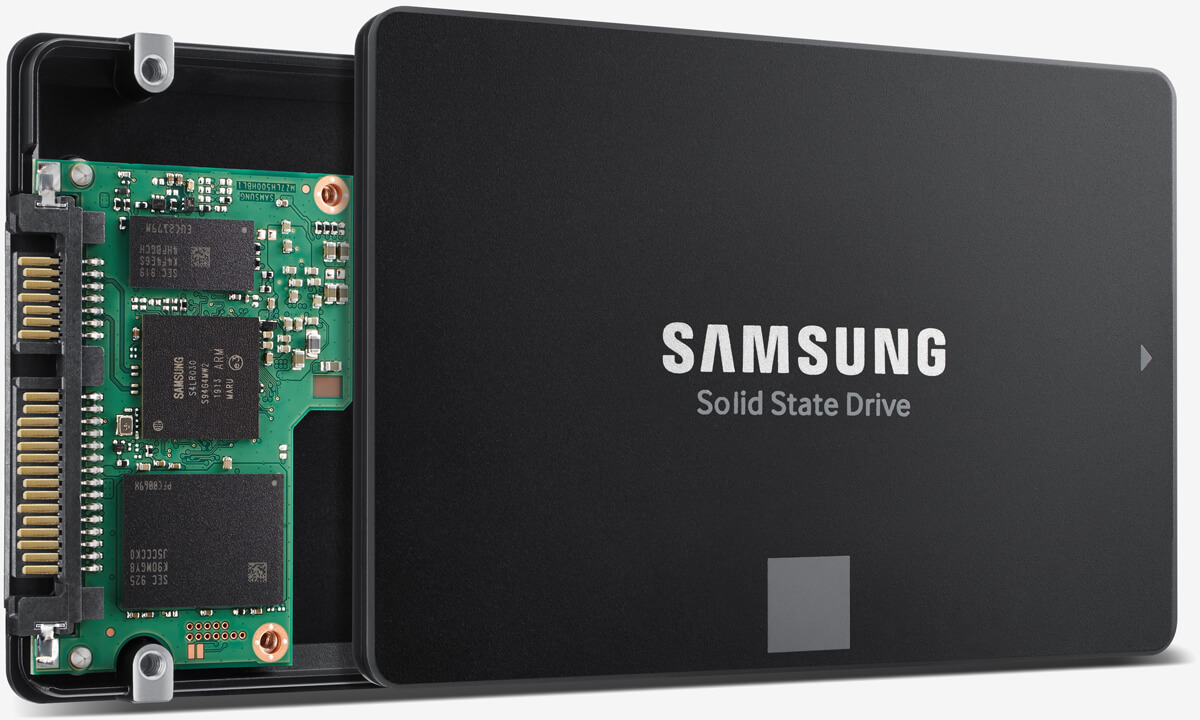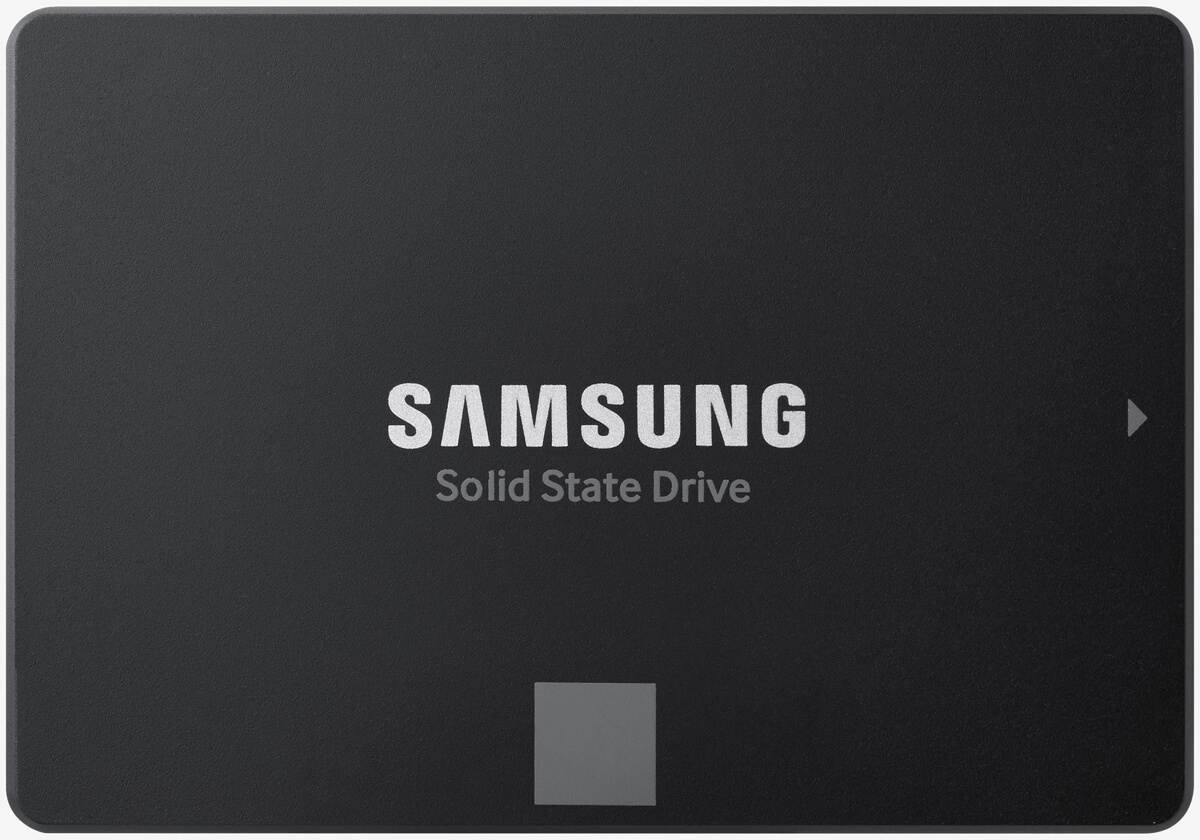Forward-looking: The performance and efficiency improvements will allow Samsung to expand the reach of its 3D V-NAND into markets like next-gen mobile devices, enterprise servers and the automotive industry where reliability is paramount.

Samsung has commenced mass production of a 250GB SATA solid state drive that integrates the company’s sixth generation (1xx-layer) 256-gigabit (Gb) three-bit V-NAND for use by PC OEMs worldwide.
The South Korean tech giant’s new V-NAND utilizes the company’s unique “channel hole etching” technology which adds around 40 percent more cells to the previous 9x-layer single-stack structure. This is accomplished by constructing an electrically conductive mold stack made of 136 layers then vertically making cylindrical holes from the top to the bottom which creates uniform 3D charge trap flash (CTF) cells.

Tall mold stacks typically make NAND chips more vulnerable to errors and read latencies but Samsung has built a speed-optimizing circuit design to circumvent this limitation. Data transfer speeds are now “below 450 microseconds (μs) for write operations and below 45μs for reads” and compared to the previous generation, is more than 10 percent faster while consuming over 15 percent less power.
Samsung also realized a 20 percent improvement in manufacturing productivity by reducing the number of channel holes needed.